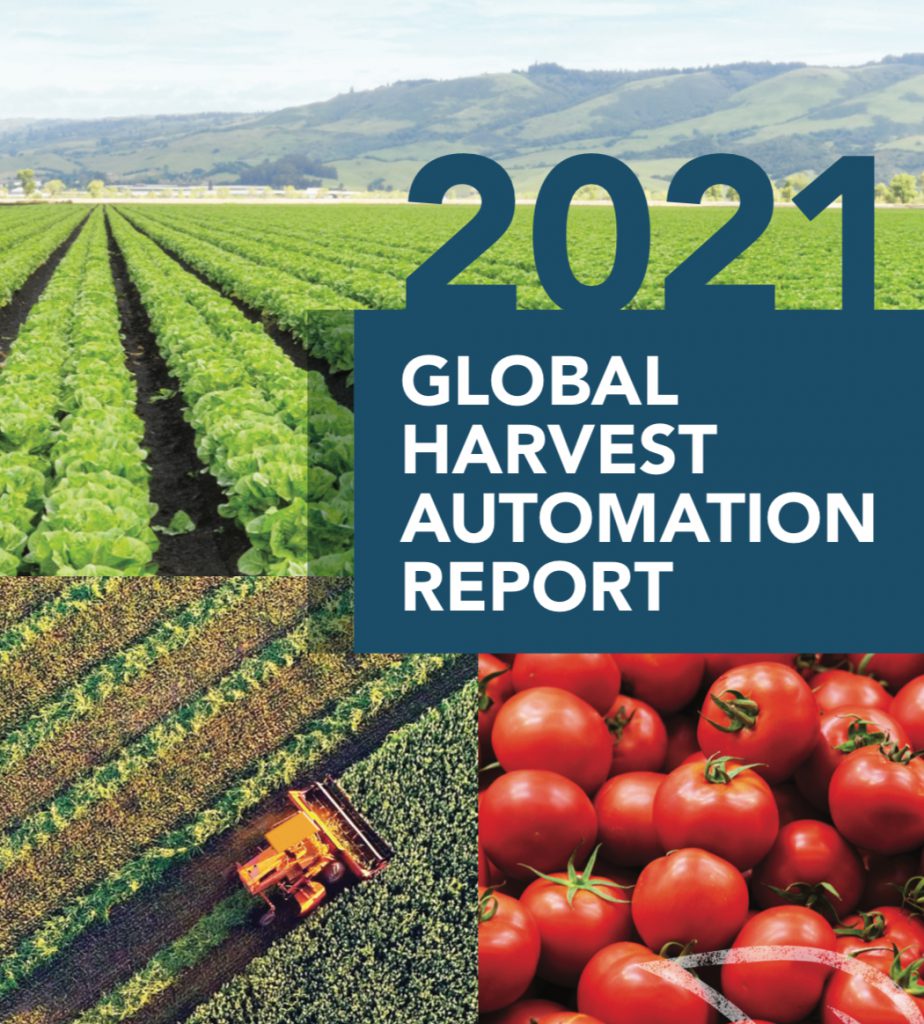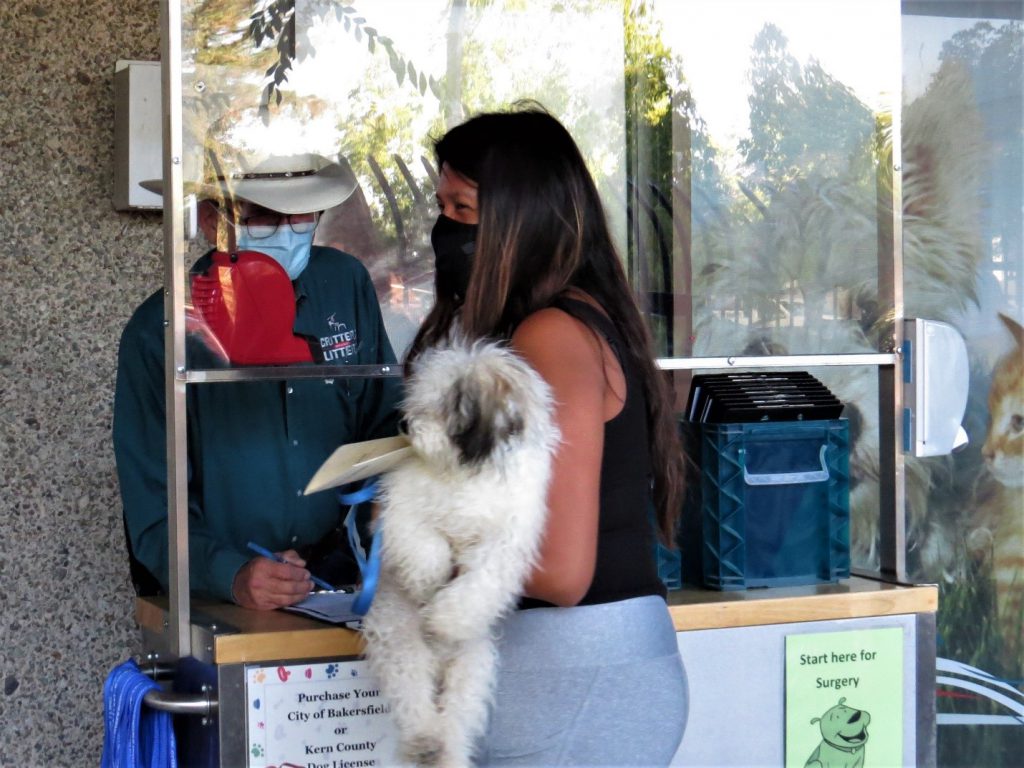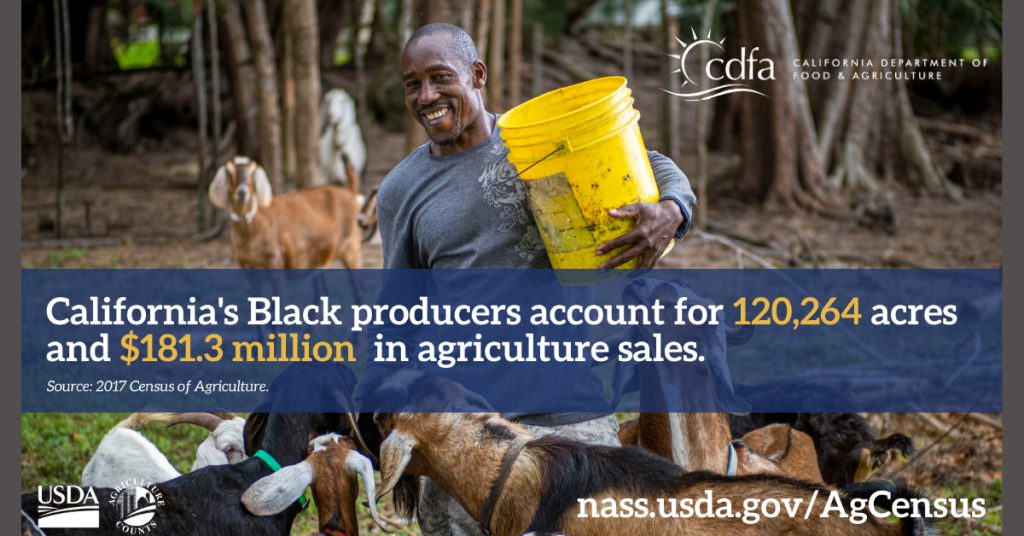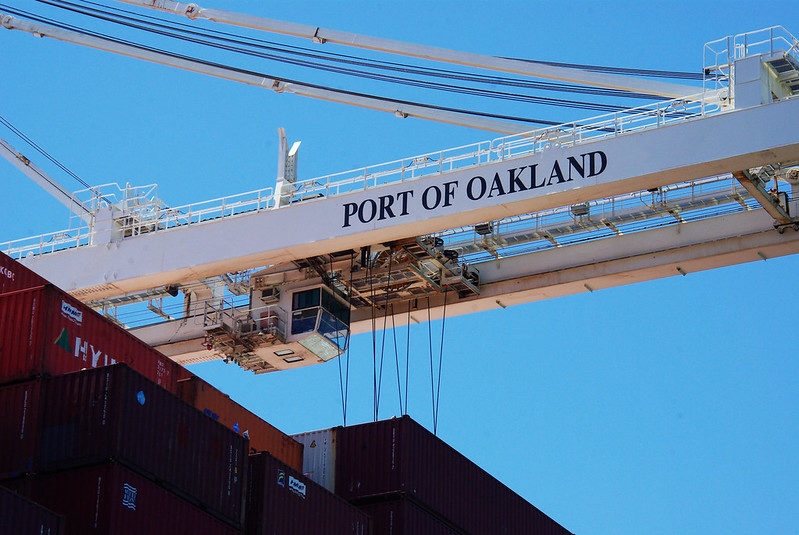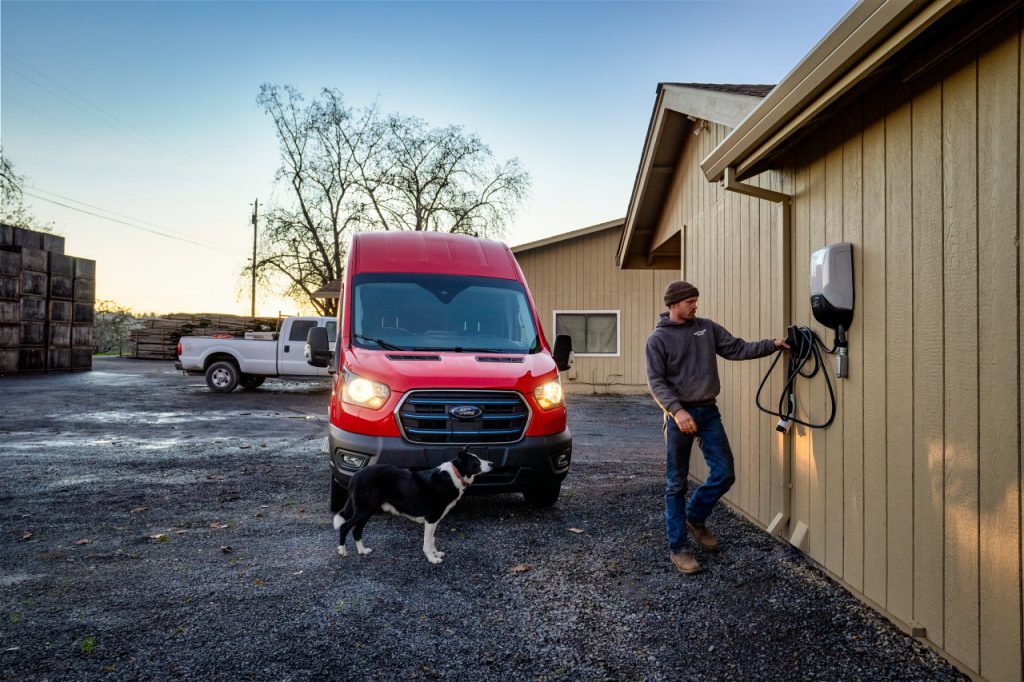-
Recent Posts
Recent Comments
- Micah on Secretary Ross on Water, Workforce, and the Future of California Agriculture — from AgNet West
- CA agriculture value surpasses $60B | Western Livestock Journal on Value of California Ag production tops $60 billion for first time
- Kathy de Contreras on CDFA IT department honored at “Best of California” awards
- El costo económico de las deportaciones masivas ya es visible en California - Espanol News on Nine California Counties Make Top-10 List for Ag Sales in the U.S.
- Deportations are taking a toll on California’s economy – and have only just begun – The News Beyond Detroit on Nine California Counties Make Top-10 List for Ag Sales in the U.S.
Archives
- November 2025
- October 2025
- September 2025
- August 2025
- July 2025
- June 2025
- May 2025
- April 2025
- March 2025
- February 2025
- January 2025
- December 2024
- November 2024
- October 2024
- September 2024
- August 2024
- July 2024
- June 2024
- May 2024
- April 2024
- March 2024
- February 2024
- January 2024
- December 2023
- November 2023
- October 2023
- September 2023
- August 2023
- July 2023
- June 2023
- May 2023
- April 2023
- March 2023
- February 2023
- January 2023
- December 2022
- November 2022
- October 2022
- September 2022
- August 2022
- July 2022
- June 2022
- May 2022
- April 2022
- March 2022
- February 2022
- January 2022
- December 2021
- November 2021
- October 2021
- September 2021
- August 2021
- July 2021
- June 2021
- May 2021
- April 2021
- March 2021
- February 2021
- January 2021
- December 2020
- November 2020
- October 2020
- September 2020
- August 2020
- July 2020
- June 2020
- May 2020
- April 2020
- March 2020
- February 2020
- January 2020
- December 2019
- November 2019
- October 2019
- September 2019
- August 2019
- July 2019
- June 2019
- May 2019
- April 2019
- March 2019
- February 2019
- January 2019
- December 2018
- November 2018
- October 2018
- September 2018
- August 2018
- July 2018
- June 2018
- May 2018
- April 2018
- March 2018
- February 2018
- January 2018
- December 2017
- November 2017
- October 2017
- September 2017
- August 2017
- July 2017
- June 2017
- May 2017
- April 2017
- March 2017
- February 2017
- January 2017
- December 2016
- November 2016
- October 2016
- September 2016
- August 2016
- July 2016
- June 2016
- May 2016
- April 2016
- March 2016
- February 2016
- January 2016
- December 2015
- November 2015
- October 2015
- September 2015
- August 2015
- July 2015
- June 2015
- May 2015
- April 2015
- March 2015
- February 2015
- January 2015
- December 2014
- November 2014
- October 2014
- September 2014
- August 2014
- July 2014
- June 2014
- May 2014
- April 2014
- March 2014
- February 2014
- January 2014
- December 2013
- November 2013
- October 2013
- September 2013
- August 2013
- July 2013
- June 2013
- May 2013
- April 2013
- March 2013
- February 2013
- January 2013
- December 2012
- November 2012
- October 2012
- September 2012
- August 2012
- July 2012
- June 2012
- May 2012
- April 2012
- March 2012
- February 2012
- January 2012
- December 2011
- November 2011
- October 2011
- September 2011
- August 2011
- July 2011
- June 2011
Categories
- AG Vision
- Agricultural Education
- Agricultural Marketing
- Alternative Fuels
- Animal health
- Animal Welfare
- Asian Citrus Psyllid
- Biodiversity
- Border stations
- BSE
- Cannabis
- Cannella Panel
- Climate Change
- Climate Smart Agriculture
- Community-based Food System
- Conservation
- Dairy
- Drought
- Environment
- Fairs
- Farm Bill
- Farm Labor
- Farmers' Markets
- Fertilizer
- Food Access
- Food Safety
- Food Waste
- Glassy-winged Sharpshooter
- Growing California
- Healthy soils
- HLB
- Hydrogen
- Integrated Pest Management (IPM)
- Invasive Species
- Light Brown Apple Moth
- Livestock ID
- Measurement Standards
- Nutrition
- Organic agriculture
- Pierce's Disease
- Pollinators
- Specialty Crops
- State Board of Food and Agriculture
- Succession Planning
- Trade
- Uncategorized
Pages

Report — Western Growers Global Harvest Initiative finding support among agricultural producers
From a Western Growers news release
Growers are keen to adopt automation to bridge the growing labor gap and ensure that their crops can be picked in time, according to the Global Harvest Automation Report, a first-of-its-kind study commissioned by Western Growers. The report is the first in a new annual series that will track, measure and report on industry progress in harvest automation across the fresh produce industry.
The Global Harvest Automation Report is part of WG’s Global Harvest Automation Initiative, which aims to accelerate ag automation by 50 percent in 10 years.
“One of the main aims of the report was to take a comprehensive look at the entire harvest ecosystem and provide a quantitative look to the Western Growers membership at how much harvest innovation is impacting their operations across fresh products for specialty crops, where the most progress is occurring, and why,” says WG VP of Innovation Walt Duflock. “Second, we wanted to provide an in-depth view of the innovators who are doing the heavy lifting by crop type, so growers would know who to contact based on the crops they grow.”
Among the findings of the report, which was prepared in collaboration with consultants at Roland Berger:
- 65 percent of participating growers have invested in automation over the past three years
- The average annual spend on automation was $350,000-$400,000 per grower
- Spending occurred in pre-harvest and harvest assist activities, including weeding, thinning, harvesting platforms and autonomous ground vehicles. It is anticipated that 30-60 percent of these activities will be automated by 2025.
- Harvest automation itself remains limited because of the technical difficulties in replicating the human hand to harvest delicate crops. It is anticipated that 20 percent of harvest activities will be automated by 2025.
From CDFA Secretary Karen Ross: “I want to commend Western Growers for its vision in creating this initiative. The report clearly and helpfully lays out the state of current possibilities as well as investments to accelerate California agriculture’s legendary commitment to innovation.”
Posted in Uncategorized
Leave a comment
USDA to invest $1 billion in climate smart commodities
From a USDA news release
USDA Secretary Tom Vilsack has announced that the USDA is investing $1 billion in partnerships to support America’s climate-smart farmers, ranchers and forest landowners. The new Partnerships for Climate-Smart Commodities opportunity will finance pilot projects that create market opportunities for U.S. agricultural and forestry products that use climate-smart practices and include innovative, cost-effective ways to measure and verify greenhouse gas benefits. USDA is now accepting project applications for fiscal year 2022.
“America’s farmers, ranchers, and forest owners are leading the way in implementing climate-smart solutions across their operations,” said Vilsack. “Through Partnerships for Climate-Smart Commodities, USDA will provide targeted funding to meet national and global demand and expand market opportunities for climate-smart commodities to increase the competitive advantage of American producers. We want a broad array of agriculture and forestry to see themselves in this effort, including small and historically underserved producers as well as early adopters.”
For the purposes of this funding opportunity, a climate-smart commodity is defined as an agricultural commodity that is produced using agricultural (farming, ranching or forestry) practices that reduce greenhouse gas emissions or sequester carbon.
Funding will be provided to partners through the USDA’s Commodity Credit Corporation for pilot projects to provide incentives to producers and landowners to:
- implement climate-smart production practices, activities, and systems on working lands,
- measure/quantify, monitor and verify the carbon and greenhouse gas (GHG) benefits associated with those practices, and
- develop markets and promote the resulting climate-smart commodities.
How to Apply
A range of public and private entities may apply, including:
- County, city or township governments
- Special district governments
- State governments
- Small businesses
- For profit organizations other than small businesses
- Native American tribal governments (Federally recognized)
- Native American tribal organizations (other than Federally recognized tribal governments)
- Nonprofits having a 501(c)(3) (other than institutions of higher education)
- Nonprofits that do not have a 501(c)(3) (other than institutions of higher education)
- Private institutions of higher education, or
- Public and State-controlled institutions of higher education.
The primary applicant must be an entity, not an individual.
Funding will be provided in two funding pools, and applicants must submit their applications via Grants.gov by 11:59 p.m. Eastern Time on:
- April 8, 2022, for the first funding pool (proposals from $5 million to $100 million), and
- May 27, 2022, for the second funding pool (proposals from $250,000 to $4,999,999).
Proposals must provide plans to:
- Pilot implementation of climate-smart agriculture and/or forestry practices on a large-scale, including meaningful involvement of small and/or historically underserved producers;
- Quantify, monitor, report and verify climate results; and
- Develop markets and promote climate-smart commodities generated as a result of project activities
Posted in Uncategorized
Leave a comment
CDFA’s connection to Spay and Neuter Awareness Month (February)
February is Spay and Neuter Awareness Month in California, and CDFA partners in the effort with its Pet Lovers License Plate Grant Program, which is funded through the purchase, renewal, or transfer of Pet Lover’s specialized license plates through the DMV.
Funds from the program are awarded on a competitive basis to municipal and non-profit veterinary facilities that offer low-cost or no-cost animal sterilization services. From 2019 to 2021 CDFA has averaged 10 awards for these activities, totaling $330,000 annually.
CDFA is in the fourth year of administering this grant program — it has supported thousands of animal sterilization surgeries. Despite challenges from COVID-19, the program provided financial support to spay or neuter 9,188 California dogs and cats in 2020, the last full year for which statistics are available.
Posted in Uncategorized
Leave a comment
Forty California companies among recipients of $1.4 billion in USDA rural development funding
From a USDA news release
USDA Secretary Tom Vilsack has announced an investment of $1.4 billion to help a diverse rural America keep resources and wealth right at home through job training, business expansion and technical assistance. These investments are part of a suite of business and cooperative services that are projected to help create or save more than 50,000 jobs in rural America through investments made in fiscal year 2021. (NOTE — Forty California companies will receive a total of nearly $42 million).
“For some time, rural America has been at the mercy of an extraction economy, where resources are taken from rural lands only to create jobs and economic opportunity in urban and suburban areas,” Vilsack said. “That’s why USDA is committed to doing what we can to change that extraction economy into a circular economy, where value is added closer to home, so the wealth created in rural areas stays in rural areas. Today’s announcement underlines the Biden-Harris Administration’s commitment to helping transform the economy and bring high-paying jobs and economic opportunities to the people who need it most.”
The funding announced today will help people and businesses in diverse communities and industries throughout 49 states, the Virgin Islands and Puerto Rico. It will help companies hire more workers and reach new customers. It will open the door to new economic opportunities for communities and people who historically have lacked access to critical resources and financing. And it will help entrepreneurs, business cooperatives and farmers in nearly every state create jobs, grow businesses and find new and better markets for the items they produce.
For example:
In California, the Democracy at Work Institute will use a $200,000 Rural Cooperative Development Grant to provide technical assistance to worker-owned cooperative groups, ultimately creating 17 jobs and saving another 41 in rural areas. The organization will assist dozens of cooperatives and rural businesses as well as work with Native American and Native Alaskan groups that are organizing cooperative projects in rural California, Alaska and South Dakota.
In Oklahoma, Rolland Ranch Beef will use a $250,000 Value-Added Producer Grant to increase processing, marketing and delivery of locally raised beef to area consumers, schools and the Chickasaw Nation. Rolland Ranch Beef is a trademarked product by the Intertribal Agriculture Council, certifying it as made and produced by Native Americans. This certification adds value to the beef as more Tribes seek to buy Native foods grown by Native people.
In Iowa, Pella Cooperative Electric Association will use a $300,000 grant from the Rural Economic Development Loan and Grant program to replenish the association’s revolving loan fund, which will facilitate construction of a women’s housing and health care facility.
In Maryland, military veteran- and family-owned Diparma Farms will use a $33,530 Value-Added Producer Grant to expand its free-range poultry operations. The funds will help pay operating costs associated with processing and marketing packaged free-range chicken, duck and turkey products. The project will help the business expand its customer base through partnerships with local beef and cheese producers in Washington County and surrounding areas, leading to an anticipated increase in revenue.
In Pennsylvania, Castanea Farm LLC will use a $10,244 Value-Added Producer Grant to help the family-operated farm market and sell chestnuts. The project is expected to increase its customer base by 25% and revenue by $2 per pound over a two-year period.
In Nebraska, Native360 Loan Fund Inc. will use an $8,701 Rural Microentrepreneur Assistance Program grant to provide business-based training and technical assistance to rural microentrepreneurs and microenterprises in 12 Nebraska counties. Native360 Loan Fund’s mission is to provide affordable credit, capital, technical assistance and related programs to help build strong and self-sufficient Native American business owners.
Posted in Uncategorized
Leave a comment
CDFA recognizes Black History Month
CDFA recognizes Black History Month and the contributions, achievements, and sacrifices made by Black Americans on behalf of our state’s agriculture industry. It’s also a time for us to reflect and honor the Black farmers and ranchers who are planting, growing, and harvesting, and to acknowledge the historic challenges and racism they have faced. Black farmers and ranchers in California tend 120,264 acres and account for $181.3 million in ag sales, according to the USDA’s National Agricultural Statistics Service.
Posted in Uncategorized
Leave a comment
Secretary Ross talks workforce development in Imperial County — from the Imperial Valley Press
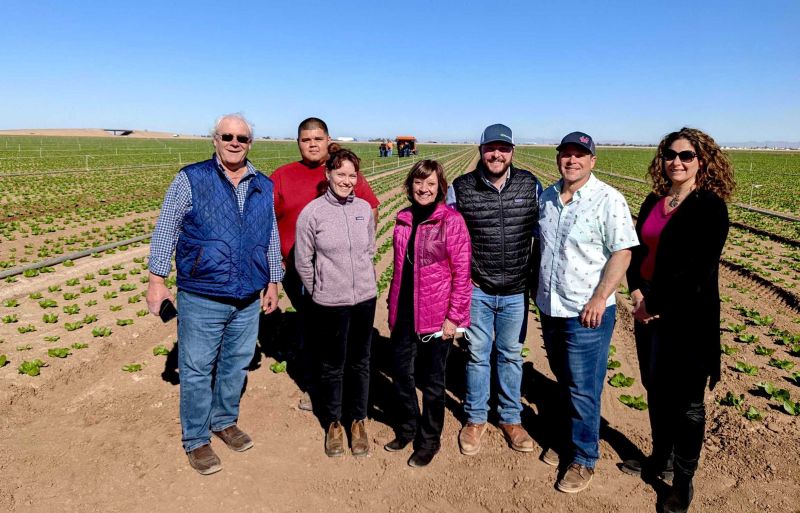
“Ag is sexy.” That is at the core of the message California Secretary of Agriculture Karen Ross said the state’s agricultural industry needs to convey to youth to attract more of them to the business and the high-tech educational disciplines necessary to train them in emerging farm technology.
Ross was at Imperial Valley College last week as a speaker at Western Growers’ AgTech Workforce Summit. The event included panel discussions on topics such as industry issues and skill identification, education and workforce development strategies, and leadership strategies.
The event was the second of four being held at rural community colleges in different areas of the state. About 70 persons, mostly local farmers, were in attendance.
Ross told them not only to encourage students to pursue studies, but “to bring a friend.” She described agriculture as one of the more “inclusive” and innovative segments of California’s economy.
“To rise to the occasion of feeding a global population of 10 billion people in the next 30 years with fewer resources and labor, we need to start investing in preparing tomorrow’s agricultural workforce today,” Ross previously explained in a press release. “Education starts in the classroom, and that’s where agriculture prominently needs to be. As the development of technology rapidly accelerates, initiatives such as AgTechX Ed lays the foundation for new tech-based education training platforms that will build an adequately trained workforce.”
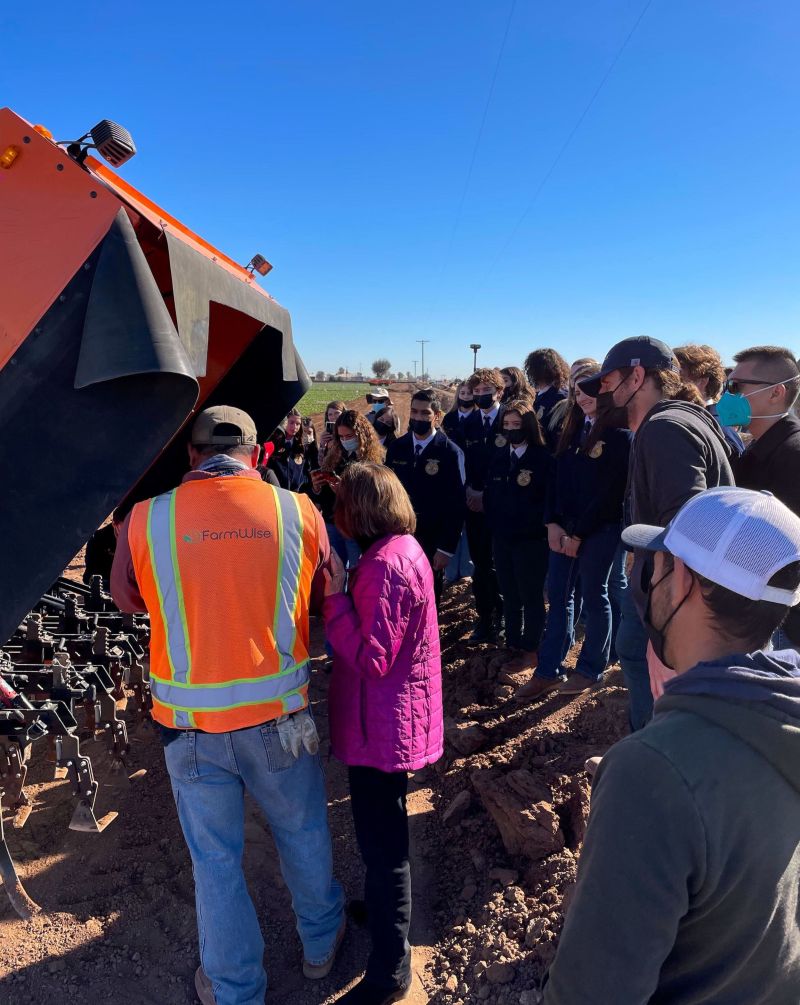
Western Growers Center for Innovation and Technology Director Dennis Donohue said the four AgTech summits are intended to “set the table in purposeful way” in identifying the ag industry’s workforce needs.
Western Growers recently received a $750,000 Specialty Crop Block Grant, administered by CDFA, to develop and implement a curriculum to provide California college students with best-in-class ag tech training. Donohue said the monies will be used for curriculum development and teacher training.
Posted in Uncategorized
Leave a comment
Secretary Ross praises USDA actions to help increase shipping capacity at Port of Oakland
From a USDA news release
USDA Secretary Tom Vilsack has announced plans to increase capacity at the Port of Oakland and improve service for shippers of U.S. grown agricultural commodities. The USDA is partnering with the Port of Oakland to set up a new 25-acre “pop-up” site to make it easier for agricultural companies to fill empty shipping containers with commodities.
Fewer containers have been made available for U.S. agricultural commodities, as ocean carriers have circumvented traditional marketing channels and rushed containers back to be exported empty and as a result, many of these carriers have suspended service to the Port of Oakland. USDA is now taking action to reduce these shipping disruptions that have prevented U.S. agricultural products from reaching their markets.
“COVID-19 revealed vulnerabilities across our supply system, both at our ports and in the agricultural sector,” U.S. Agriculture Secretary Vilsack said. “As the economy has made an historic recovery, it has put additional strain on the supply chain. The Biden-Harris Administration is using creative approaches to improve port operations while elevating American-grown food and fiber. This partnership with the Port of Oakland builds on our aggressive approach to addressing challenges within the supply chain and sends a strong signal that we are committed to working across the Administration and with state, local and private partners to mitigate complex port capacity and congestion issues and to keep American agriculture on the move.”
“This creative partnership with USDA and the Port of Oakland will help American farmers and agricultural producers move their product to market while also making better use of empty containers that are causing congestion at the ports,” said U.S. Transportation Secretary Pete Buttigieg. “After we helped set up inland pop-up ports at the Port of Savannah, we witnessed significant improvements in the flow of goods, and we expect to see similarly positive results once this Oakland facility is open. We look forward to engaging with other ports on similar solutions to congestion.”
“This is an important step that shows the value of players in the supply chain coming together to identify challenges as well as potential solutions,” said CDFA Secretary Karen Ross. “I wish to thank the USDA for making this investment. It will help improve access to overseas markets for California agriculture producers at a critical time of year for exports of high-value specialty crops.”
The site will provide space to prepare empty containers beginning in early March. Agricultural companies and cooperatives will have easier access to these containers, which they will fill with commodities, restoring shipping services to agricultural products while relieving congestion. The new site will also have a dedicated gate with the ability to pre-cool refrigerated shipping containers to receive perishable commodities, all while avoiding bottlenecks that would have resulted from entering the main area of the port.
Posted in Uncategorized
Leave a comment
Sonoma County winegrape growers team-up with Ford for electric vehicle pilot program
From a news release
The Sonoma County Winegrowers are joining Ford Pro™ in a pilot project that will bring electric vehicles and connected services to three farms in Sonoma County.
The heart of the project is to demonstrate how electric vehicles and web-based fleet management tools can have a positive impact on the agriculture industry in terms of increasing productivity, improving sustainability, and lowering the total cost of fleet ownership anywhere from 10% to 20%.
“Ford Pro is thrilled to team with the Sonoma County Winegrowers to further their sustainability goals and begin their transition to fully integrated all-electric fleets with on-site charging,” said Wanda Young, Ford Pro global chief marketing officer. “Ford Pro and the Sonoma County Winegrowers are driven by many of the same tenets – to accelerate productivity while operating responsibly.”
The pilot project is launching with Bevill Vineyard Management and Vino Farms in Healdsburg, and Dutton Ranch in Sebastopol – which collectively represent about 4,000 acres in the vineyard-rich Russian River Valley. Young anticipates the program will expand in the coming months to include other farming operations in the county.
About 60,000 acres across Sonoma County are dedicated to growing wine grapes, and another 120,000 acres are used for other diversified agriculture, such as apple orchards, dairy farms and cut flowers. In 2014, the Sonoma County Winegrowers launched an initiative to represent one of the nation’s leading winegrowing regions in terms of sustainability, with a target of reaching sustainable designation for nearly all of its vineyard acreage in the county.
Sonoma County Winegrowers president Karissa Kruse said she believes electric vehicle adoption and efficient fleet management are the next steps in sustainability.
“This collaboration with the Ford Pro team is a great natural next step to help us continue our progress in sustainable agriculture,” Kruse said. “A lot of farming families have a rich history with Ford, and with history comes trust. So as many of our farmers look for ways to lead in innovation and be a part of the solution, that trust is critical when it comes to investing in electric vehicles and in solutions to manage farming fleets. Our farmers love this pilot program; it’s going to be foundational.”
In addition to the vehicles, the farms can consult with the Ford Pro team for the duration of the program and will have software, charging services, and energy management assistance available – all to help reduce operating costs and more efficiently manage gas and electric vehicle fleets.
Posted in Uncategorized
Leave a comment
Secretary Ross joins panel discussion on conservation, climate resiliency and equity
CDFA Secretary Karen Ross participated this week at the California Association of Resource Conservation District’s (CARCD) 76th Annual Conference, joining USDA-NRCS state conservationist Carlos Suarez and Dr. Glenda Humiston, vice president of the University of California’s Agriculture and Natural Resources division. The virtual panel discussion was moderated by Karen Buhr, executive director of CARCD.
The discussion focused on the ongoing collaboration, partnership, and commitment to continue building climate resiliency and assisting farmers and ranchers in this significant goal.
Secretary Ross stressed the importance of funding for technical assistance to ensure that Climate Smart Agriculture programs and resources may be sustained. Resource conservation districts throughout California have received approximately 50 percent of technical assistance funds from CDFA.
The panel also covered the importance of equity at the center of agricultural best practices and funding opportunities. Secretary Ross noted CDFA is committed to carrying out the Governor’s goal for addressing climate change in a way that builds a more equitable economy. Additionally, a number of employees have completed the agency’s first training sessions as part of the Cohort of the Capitol Collaborative on Race and Equity, and CDFA has established the agency’s first Diversity, Equity & Inclusion Committee. The secretary has also convened two ad-hoc advisory groups — one for historically underserved farmers and the other for small farmers.
“We will continue bringing an equity lens to all aspects of our work and the people and stakeholders we serve. Our commitment to equity includes working to provide all California farmers with access to the agency’s many programs,” Secretary Ross said.
Secretary Ross also thanked Governor Newson and First Partner Jennifer Siebel Newsom for their commitment to healthy soils, conservation, farm-to-school programs, and a sustainable and resilient agricultural system for California.
Posted in Uncategorized
Leave a comment


